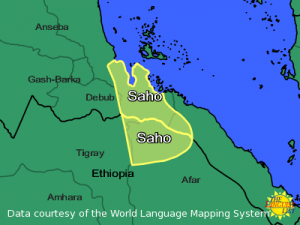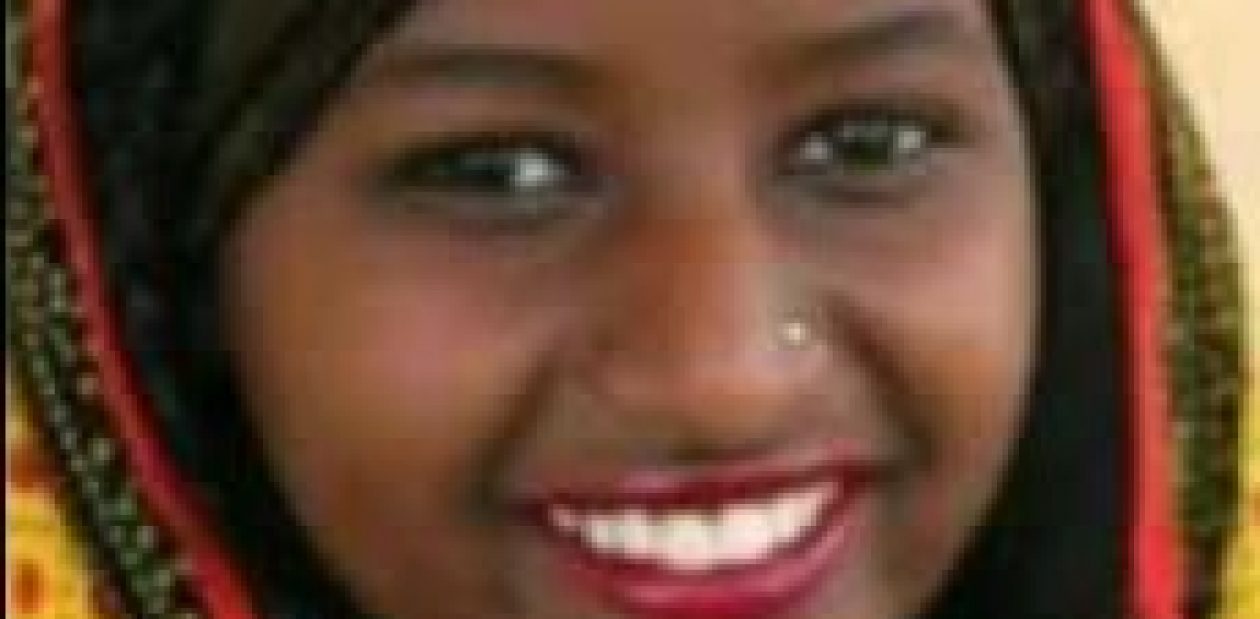“It is not only the scarcity of the material written about the Saho and Afar which makes the socio-economical analysis these societies difficult, but also the prejudiced nature of these writings make any objective analysis more difficult. The Afar & Saho like many nomads in different parts of the world suffered from the prejudiced writing and reports of their settled neighbours and later the colonial masters. Fierce, Wild, Aggressive are only some of the adjectives which we find whenever we refer to any book or journal concerning the Afar-Saho”.
Abdulkader S. Mohammed 1997:10

A third of Saho population lead a nomadic life style and their economy is basically generated from oxen, sheep, goats & camels while the rest are settled Agro-pastoralists and they widely practise cultivation.
Land Ownership:
As most parts of the pre-colonial Africa, land is owned commonly by the clan. It was because of this common ownership of land it was easy for colonialists and indigenous state to take away the land from pastoral nomads. Italians declared land owned by pastoralists as belonging to the State. Surprisingly, The 1994 Land Reform proclamation by the Eritrean government, did not rise up to the expectations of pastoralist communities, since did not accord them any legal rights to their land.
The three types of land ownership, which are prevalent among Saho are:
1. Regional land, people of one geographical area owned the land commonly regardless of their tribal distribution.
2. Tribal land, land owned on tribal basis. Here family has no specific rights to the land.
3. Family or sub-clan land, this was a land protected by specific family for their grazing or shifting cultivation. (Abdulkader S. Mohammed 1997: 11)
